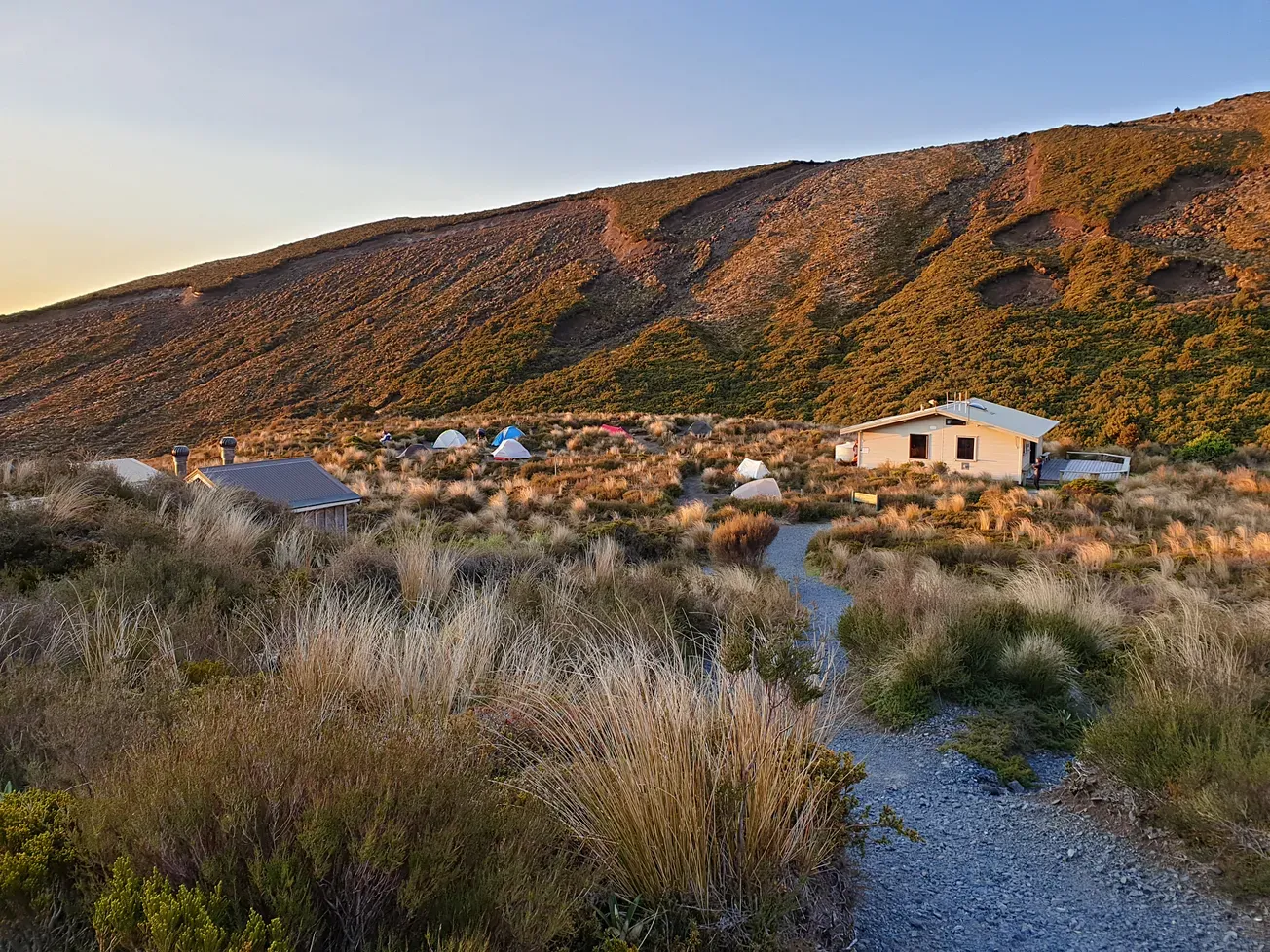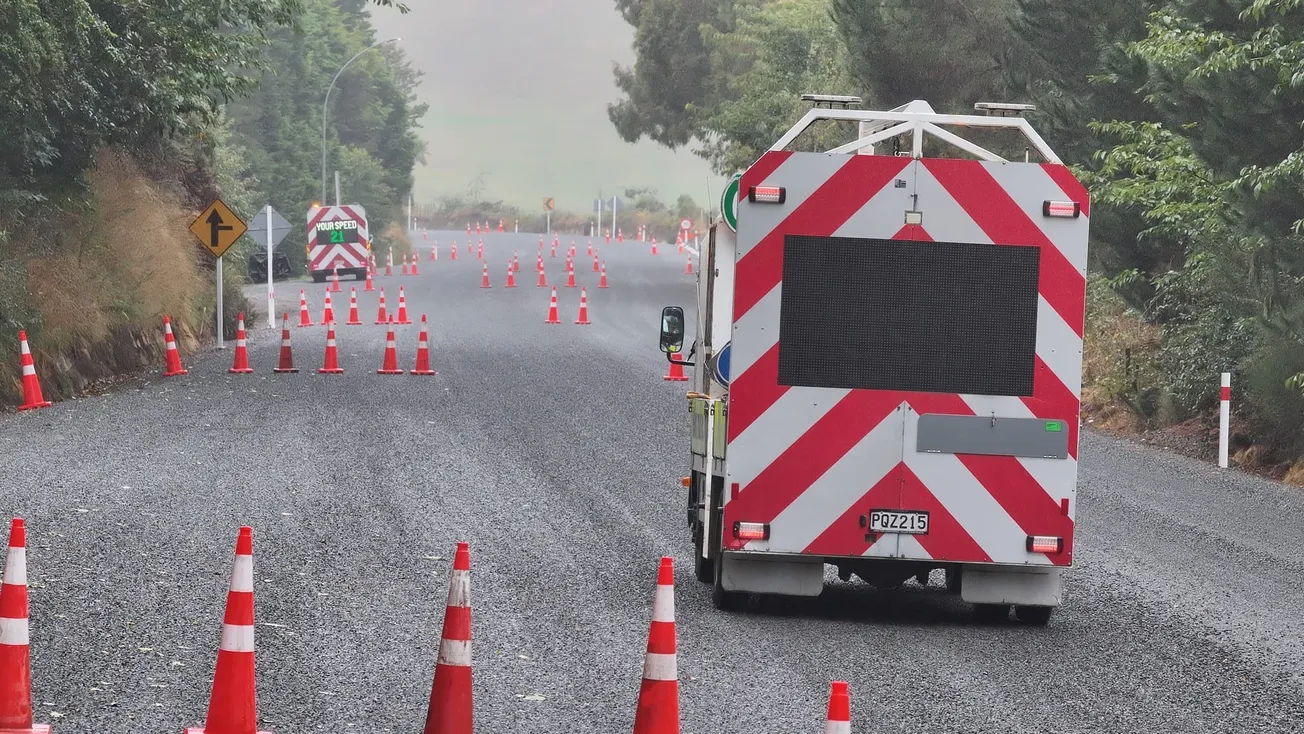Lake level prospects for winter in Taupō look to be similar to last year, according to long range forecasts.
The rain outlook for the rest of autumn and into winter for the central North Island are likely to be near normal, according to the National Institute of Water and Atmospheric Research (NIWA) most recent three-month seasonal outlook.
Though heavy rain events were still possible on occasion, noted the outlook for May-July. Temperatures for the same period were most likely to be above average.
Rain in April which finally broke an extended dry period, followed by more associated with ex Tropical Cyclone Tam and the most recent deep low-pressure system has seen a welcome replenishment of moisture to the soil and the beginnings of the usual winter increase in lake level.
There had been a steady decline in the lake level since the end of last year through the extended dry spell in late summer and early autumn until April’s rain, but that reduction mirrors the pattern of the last two years with the reservoir then building back up over the subsequent winter and spring.
Data kept by energy company Mercury which is responsible for managing the lake level shows the company has kept the level to less than 100mm variance since mid-April when the level was 356.233 metres above sea level (masl) to May 6 (356.263 masl) – slightly lower than this time last year.
The lake is maintained between a normal operating range of 1.4m – 357.25 to 355.85 masl – about one per cent of the lake’s total volume.
“We traditionally experience more rainfall during the winter season,” said Mercury head of environment and stakeholders Beth Wotherspoon, “and this helps replenish Lake Taupō and the Waikato River heading into summer.
“However, weather patterns vary from year to year, for example, 2023 recorded high rainfall volumes but then 2024 recorded much lower rainfall.
“Right now (May 1), the lake level is about the same as it was in 2022... The lake level in 2024 at the beginning of May was slightly higher than the level recorded for the same time this year.”
Mercury took its role in caring for the lake and river seriously, said Wotherspoon.
“We are monitoring long-range weather forecasts to help us manage the Waikato Hydro Catchment, from Lake Taupō to Karāpiro, heading into this winter. We also use data from hydrological monitoring sites along the Waikato River for day-to-day operations. This data becomes important if we reach a point where water into the lake and awa is significantly reduced,” she said.
Lake Taupō's short term (updated every 30 minutes) and long-term levels are viewable on the Mercury website Taupō Lake Level Updates - Waikato Lake Levels | Mercury
In exceptional circumstances like flood events or drought the lake level may exceed the normal operating range.
One of the lowest levels seen in Taupō in recent times was May 2010, when the lake dropped to 355.91 masl, just 6cm above the minimum level of 355.85 masl, though that same year the level at one point was also technically at flood level at 357.32 masl, 7cm above the maximum.






